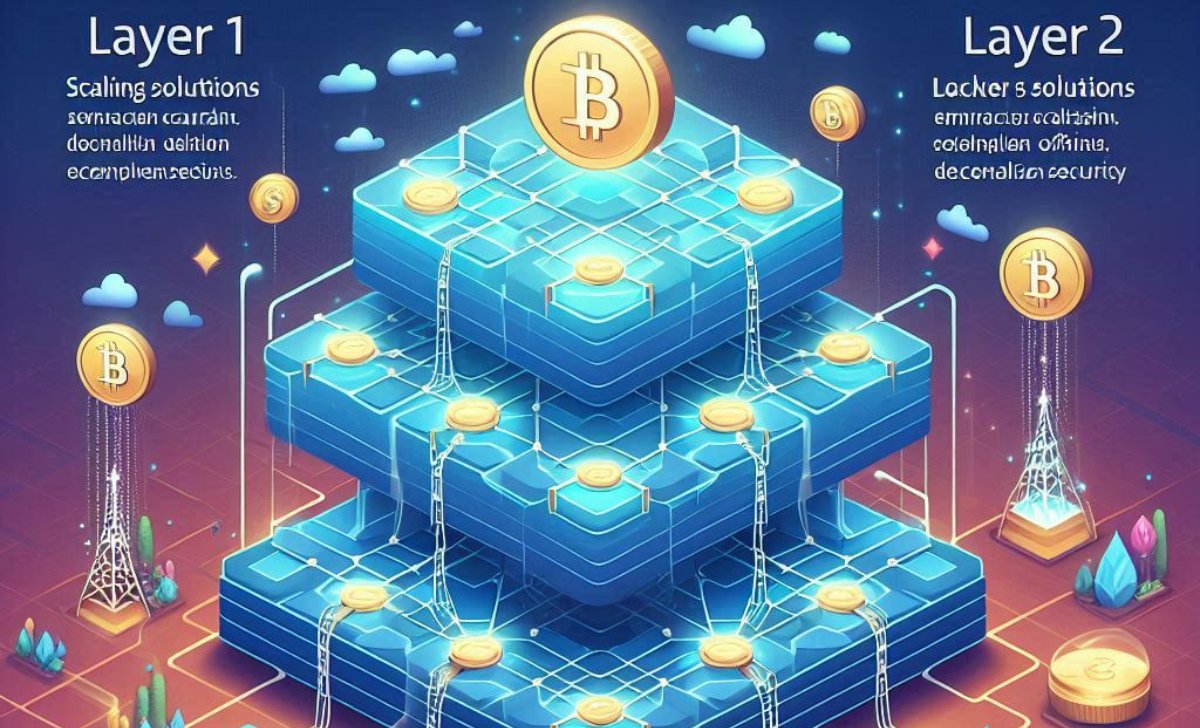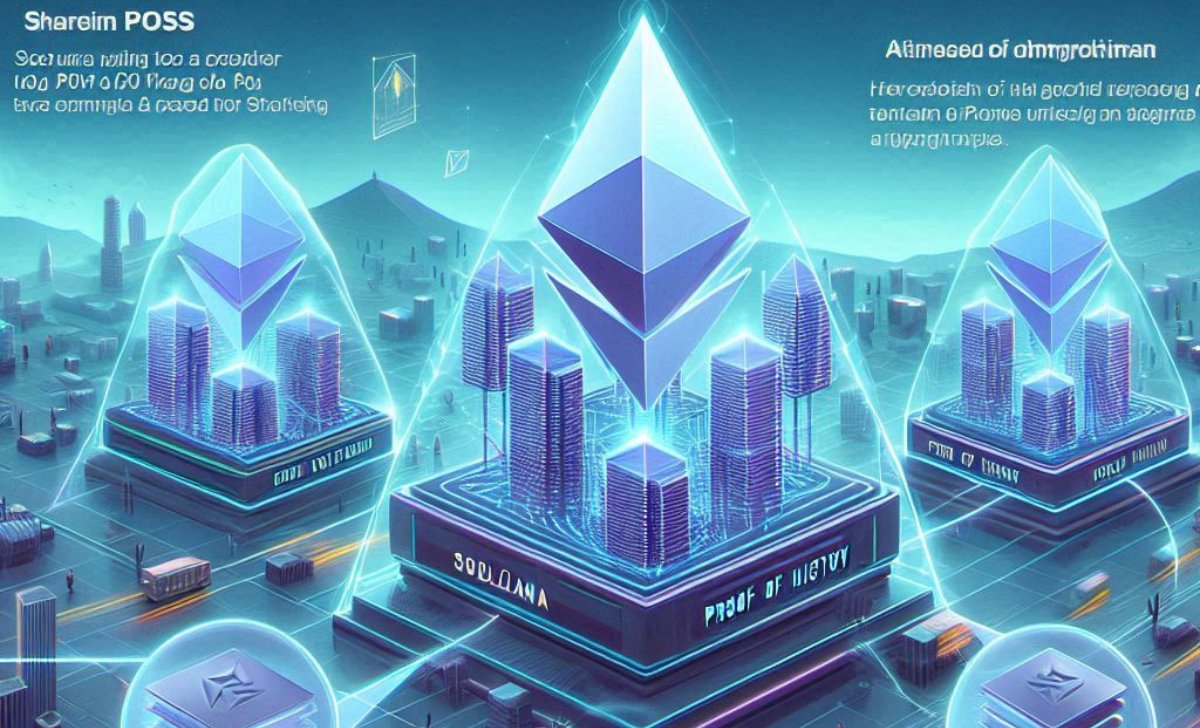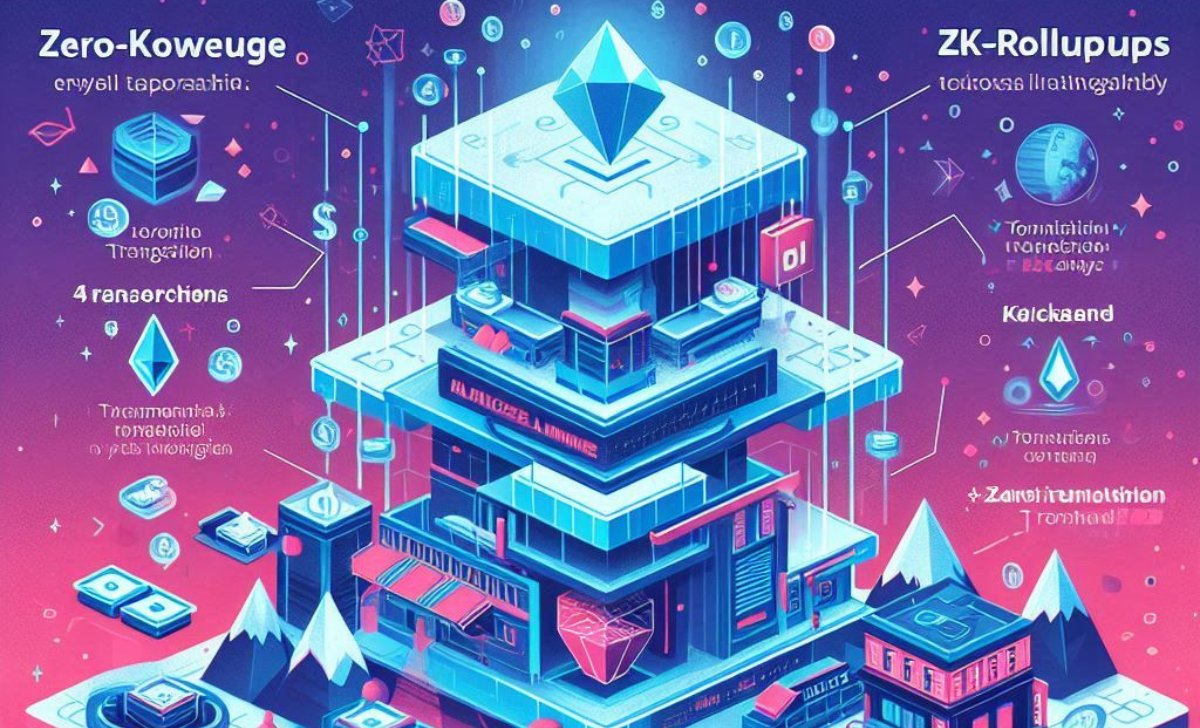Blockchain Scalability is one of the biggest challenges limiting the mass adoption of blockchain technology, as networks struggle with transaction speed, high fees, and congestion. These issues arise due to limitations in transaction throughput, decentralization trade-offs, and inefficient consensus mechanisms.
To address these concerns, this article of TopCoin9 explores what it is, the key challenges it faces, existing solutions, real-world case studies, and future trends shaping scalable blockchain networks.
What is Blockchain Scalability?

Blockchain scalability refers to a blockchain network’s ability to handle a growing number of transactions without compromising speed, security, or cost efficiency. In an ideal scenario, a scalable blockchain should be able to process thousands, if not millions, of transactions per second (TPS) while maintaining decentralization and security.
However, most traditional blockchains, like Bitcoin and Ethereum, suffer from low throughput. For instance, Bitcoin processes around 7 TPS, while Ethereum handles 15-30 TPS—significantly lower than traditional payment systems like Visa, which can handle over 24,000 TPS. This bottleneck hinders blockchain’s widespread adoption, particularly in sectors requiring real-time transactions.
Why Does Scalability Matter?
- Mass Adoption: A scalable blockchain can support millions of users simultaneously.
- Lower Transaction Costs: More efficient processing reduces congestion and fees.
- Enhanced User Experience: Faster transactions improve usability for DeFi, NFTs, and enterprise applications.
Despite its importance, achieving scalability in blockchain is not straightforward due to inherent limitations. Let’s explore the major challenges in the next part!
Challenges in Blockchain Scalability
Blockchain scalability is constrained by several technical and structural challenges. Notably, scalability issues in blockchain stem from low throughput, high fees, and network congestion:
- Low Transaction Throughput: Most blockchains rely on a consensus mechanism (e.g., Proof of Work or Proof of Stake) that limits transaction speed. Bitcoin’s block time of 10 minutes and Ethereum’s gas-based processing restrict their ability to scale efficiently.
- High Transaction Fees: When network activity increases, users compete by paying higher fees to get their transactions processed faster. Ethereum, for example, has seen gas fees spike to hundreds of dollars during peak demand periods, making microtransactions impractical.
- Network Congestion: Blockchains have limited block sizes, meaning only a set number of transactions can be included per block. When demand exceeds capacity, unconfirmed transactions pile up, leading to delays and frustration for users.
- Decentralization vs. Scalability Trade-off: Known as the Blockchain Trilemma, this concept suggests that achieving decentralization, security, and scalability simultaneously is challenging. Most scalable solutions sacrifice either decentralization (by reducing validator nodes) or security (by increasing transaction speed).
To overcome these challenges, developers have introduced various scaling solutions, which are revealed in the next section!
Existing Solutions for Blockchain Scalability

Blockchain developers have devised multiple solutions to improve scalability while balancing decentralization and security. Understanding the differences between Layer 1 vs Layer 2 blockchain solutions is essential in evaluating how these advancements enhance transaction speed and efficiency.
Layer 1 Scaling Solutions (On-Chain Improvements)
These solutions modify the blockchain protocol itself to enhance scalability:
- Sharding: A technique where the network is split into smaller partitions (shards), allowing parallel transaction processing. Ethereum 2.0 is implementing sharding to boost its capacity.
- Consensus Mechanism Upgrades: Moving from Proof of Work (PoW) to Proof of Stake (PoS) reduces energy consumption and increases TPS. Ethereum’s transition to Ethereum 2.0 is a prime example.
- Block Size Increase: Some networks, like Bitcoin Cash, have increased block sizes to accommodate more transactions per block.
So, you have a clear understanding of Layer 1 scaling solutions. Next, we will explore Layer 2 scaling solutions
Layer 2 Scaling Solutions (Off-Chain Enhancements)
Instead of modifying the main blockchain, these solutions build secondary layers to process transactions faster:
- State Channels: Technologies like the Bitcoin Lightning Network and Ethereum’s Raiden Network allow transactions to occur off-chain while ensuring security through smart contracts.
- Sidechains: Independent blockchains connected to the main chain, such as Polygon for Ethereum, help offload transactions and reduce congestion.
- Rollups: Optimistic Rollups and Zero-Knowledge (ZK) Rollups batch transactions off-chain before submitting them to the main chain, increasing efficiency without compromising security.
With these solutions in place, many blockchain networks are making notable progress in overcoming scalability issues. Let’s explore some real-world case studies in the content section below!
Case Studies: Blockchain Networks Tackling Scalability

Several blockchain projects have successfully implemented scalability solutions to enhance their network performance. As blockchain in cryptocurrency continues to evolve, these advancements play a crucial role in improving transaction speeds and reducing costs.
- Ethereum 2.0: Sharding & PoS – Ethereum 2.0 is shifting from PoW to PoS and introducing sharding, which is expected to boost transaction throughput to 100,000 TPS, significantly improving scalability for DeFi and NFT applications.
- Solana: Proof of History (PoH) – Solana utilizes a unique Proof of History (PoH) mechanism that timestamps transactions before they are processed. This allows Solana to handle 65,000 TPS, making it one of the fastest blockchains today.
- Polygon: Layer 2 Scaling for Ethereum – Polygon offers sidechains and rollups that enhance Ethereum’s scalability, reducing transaction costs while maintaining security. Its adoption by major DeFi platforms proves its efficiency.
These examples demonstrate that blockchain scalability is an ongoing challenge, but innovative solutions are pushing the industry forward. What does the future hold?
Future Trends in Blockchain Scalability

As blockchain technology evolves, new advancements in scalability continue to emerge:
- Zero-Knowledge Rollups (ZK-Rollups): ZK-Rollups allow multiple transactions to be processed off-chain, verified using cryptographic proofs, and then submitted to the main chain in batches. This significantly reduces transaction load and costs.
- Multi-Layer Blockchain Architectures: Projects like Avalanche and Polkadot introduce multi-chain ecosystems, where different blockchains communicate seamlessly, improving scalability without sacrificing decentralization.
- AI-Powered Blockchain Optimization: Artificial intelligence is being explored to optimize smart contract execution and transaction validation, reducing processing times and improving overall scalability.
- Blockchain 3.0 and Beyond: New-generation blockchains, such as Aptos and Sui, are designed from the ground up to handle high transaction loads using innovative consensus models like DAG (Directed Acyclic Graph).
In conclusion, blockchain scalability remains a critical challenge, but with advancements like Layer 2 solutions and sharding, the future looks promising. Understanding its key challenges and solutions will help businesses and developers adapt to this evolving technology. Stay tuned for our latest articles to keep up with the newest trends on this blockchain!

Emily Thompson is a highly skilled crypto writer and strategist with extensive experience in blockchain journalism, having contributed to Cointelegraph and Binance Academy. At TopCoin9, she ensures high-quality, SEO-optimized content that educates and informs the crypto community.
Email: [email protected]












